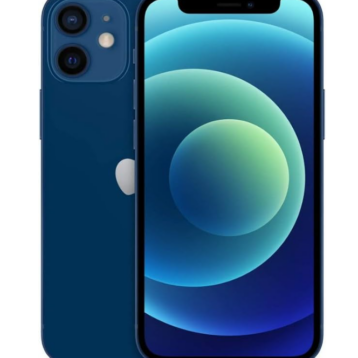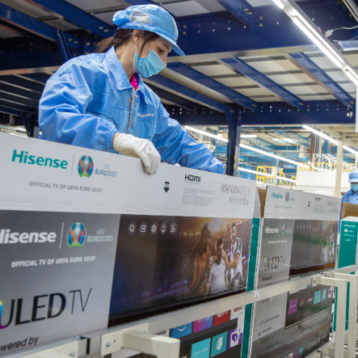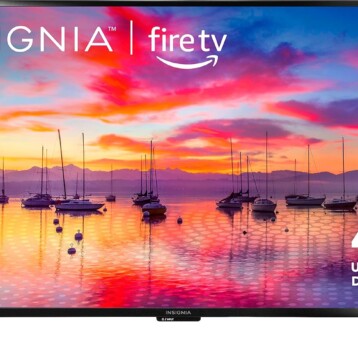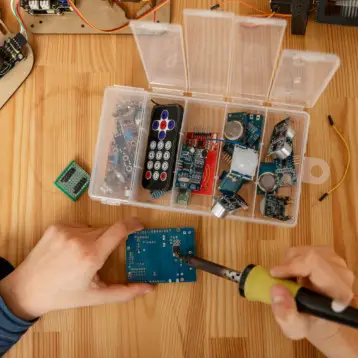At the demonstration, which took place in Taipei, Taiwan, AMD announced that the new GPU will be released towards the end of 2009. The superlatives thrown in the air are due to the device’s full support of Microsoft DirectX 11, the latest standard in the industry, which provides graphical engineers with professional tools to create enhanced images and videos. It is possible that the timing of this release was matched with Intel’s latest announcement regarding Larrabee, its future multi-core GPU (also covered by TFOT). Whether it is true or not, the rivalry between these hardware giants could only benefit the consumers.
Microsoft DirectX is a collection of application programming interfaces (APIs) for handling tasks related to multimedia, in particular game programming and video, built upon Microsoft platforms. Although in recent years game developers tended to focus more on various TV-based consoles (such as Wii, Xbox and Playstation), production of games for PCs still exists and many gamers and developers have looked forward to the release of DirectX 11. Now, AMD’s new GPU can fully utilize the power DirectX brings to games and graphic applications.
DirectX 11 features several improvements, such as tessellation, which makes use of AMD’s sixth generation technology. Another feature is the compute shader, which according to AMD can make Windows 7 run faster; for example, it could seamlessly accelerate the conversion of video for playback on portable media players through a drag-and-drop interface. Additional features of Microsoft DirectX 11 are demonstrated in this YouTube video.
According to AMD, the development of the new processor was customized in order to satisfy both consumers and game developers. The latter are especially enthusiastic about taking advantage of the new DirectX 11 hardware, which could enable them to bring better games to the market; in fact, many developers have already openly indicated their commitment to building DirectX 11 games initially on AMD’s DirectX 11 hardware.
“AMD has a long track record of delivering pioneering features that have gone on to become mainstays in the DirectX experience, and we’re doing it again with two mature, AMD-developed technologies in DirectX 11 – tessellation and the compute shader – both of which enable a better DirectX 11 experience for consumers,” said Rick Bergman, Senior Vice President, AMD Products Group. “We’re previewing AMD’s DirectX 11 graphics processor to build enthusiasm for this key technology so developers will have games available at launch and shortly thereafter. With the benefits it delivers to gaming, applications and Windows 7, developers are lining up to get their hands on our hardware, and we’re confident that consumers will too.”
As aforementioned, TFOT has covered Intel’s upcoming many-core GPU, Larrabee. TFOT has also covered thoroughly the hardware offered to gamers exhibited at CeBIT 2008. Other related TFOT stories include AMD’s six-core CPU, announced earlier this year, AMD’s 12-core processor, targeted for release in the first half of 2010, and the same company’s brand new platform technology, dubbed “Dragon,” featuring the new AMD Phenom II X4 processor.
For more information about AMD’s new graphical processor, see their press release.



![How to Reset Insignia TV [Step-By-Step Guide]](https://thefutureofthings.com/wp-content/uploads/2025/01/Insignia-Roku-TV-358x358.png)






